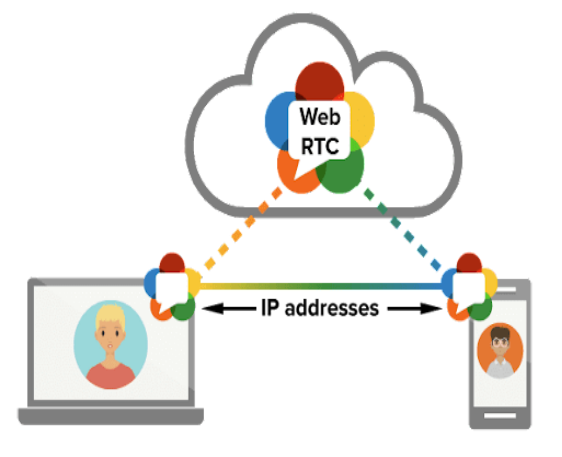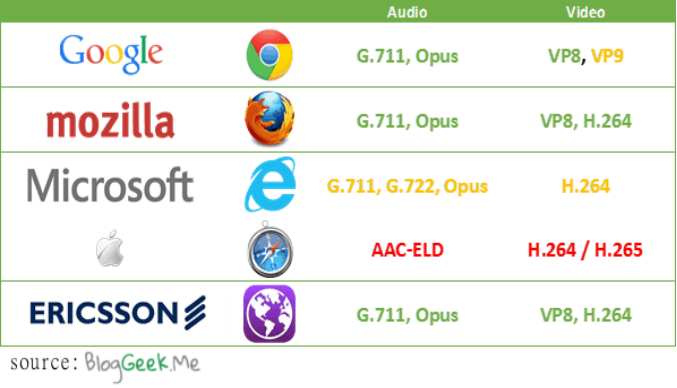Categories
New Blog
WebRTC: Web Real-Time Communication
January 07 , 2022In other words, WebRTC allows users to initiate click-to-start video chats from their browsers and exchange information quickly enough to replicate in-person interactions. This supports interactive live streaming between individuals, as well as browser-to-browser communication through a set of standard protocols.

With WebRTC, you can add real-time communication capabilities to your application that works on top of an open standard. It supports video, voice, and generic data to be sent between peers, allowing developers to build powerful voice- and video-communication solutions. The technology is available on all modern browsers as well as on native clients for all major platforms. The technologies behind WebRTC are implemented as an open web standard and available as regular JavaScript APIs in all major browsers. For native clients, like Android and iOS applications, a library is available that provides the same functionality. The WebRTC project is open-source and supported by Apple, Google, Microsoft and Mozilla, amongst others. This page is maintained by the Google WebRTC team.
The main audio codec of WebRTC is Opus. Opus is an audio coding format developed by the Xiph.Org Foundation, designed to efficiently code speech and general audio in a single format, while remaining low-latency enough for real-time interactive communication. Tonmind IP Speaker supports 48K Opus codec, which is not featured by other brand IP Speaker in market including 2N and Axis. Opus can reduce bandwidth to most extent while ensuring extremely high sound quality.

With application of Opus, Tonmind Network Speaker transmits excellent sound quality. Opus Primarily starts with a combination of the SILK voice codec for Skype's early Internet calling and Xiph.org's CELT music codec. It's designed to transmit voice over the web and audio streams for VOIP, video conferencing, in-game chat and other applications, and is considered superior in quality to existing proprietary audio codecs. After many comparative tests, Opus beat the once superior HE AAC at low bitrate, and it is now match for AAC with about 30% higher bitrate, while high bitrate is closer to raw audio encoding.
Apart from Tonmind Network speaker, Tonmind PA System also supports OPUS, which enables as less sound quality sound during network transmission. Tonmind PA System is audio software with built-in SIP server. It can play various audio sources from SIP call, live radio, local media player, universal windows media player (for example, Spotify, iTunes, VLC, ect.). It also supports SIP Call. User can control zones, contents, rings, volume and scheduling, which can be widely used in School PA System, Commercial PA System, Hospital PA System, Hotel PA System, etc.
WebRTC Benefits
When considering the many advantages that WebRTC delivers to both users and developers, it makes sense why there’s so much hype surrounding it. Everything from low-latency delivery to interoperability makes it an attractive choice.Tags :